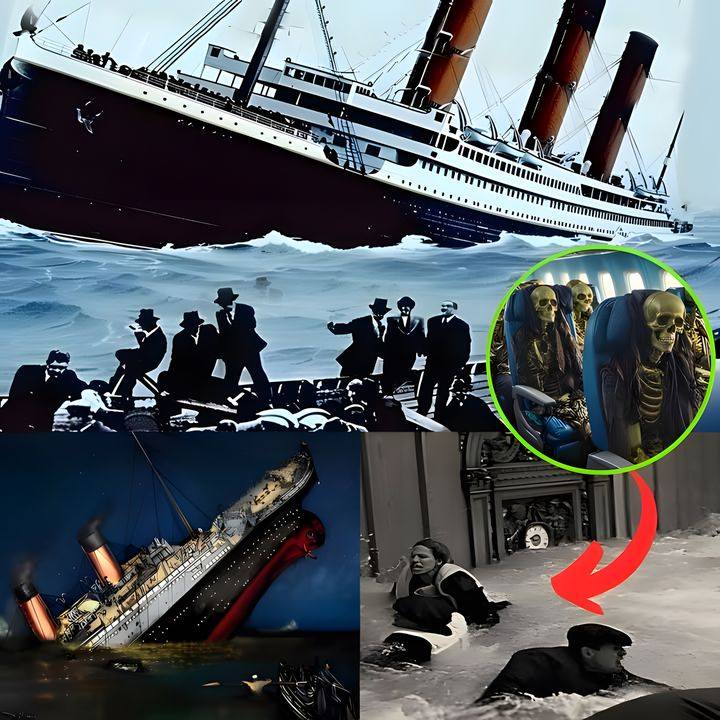Titanic Camera Found? A Deep-Sea Mystery Emerges

The Titanic, one of history’s most infamous maritime disasters, continues to captivate the world more than a century after it sank. Now, recent reports suggest that a long-lost camera may have been discovered deep within the wreck site, raising the possibility of uncovering unseen images of life aboard the doomed ship. This potential discovery has sparked global fascination, bridging history, technology, and human curiosity in a remarkable deep-sea mystery.
The Discovery

Exploration teams surveying the Titanic wreckage reported finding an object resembling a vintage camera amidst the debris scattered on the ocean floor. Preserved by the cold, dark, and oxygen-deprived environment, the artifact could contain film or photographic plates that, if recoverable, might provide an unprecedented glimpse into the personal lives of passengers and crew.
While initial reports are yet to be fully verified, the mere presence of such a device raises exciting possibilities. Photographs taken aboard the Titanic could reveal daily routines, interactions, and even previously undocumented aspects of the ship’s interior. Each frame, if found intact, would serve as a time capsule, capturing a fleeting moment from a tragic event that reshaped maritime history.
Historical Significance
The Titanic sank on April 15, 1912, claiming the lives of more than 1,500 people. Over the decades, the wreck has been the subject of countless explorations, documentaries, and studies. Every recovered artifact—china, letters, clothing, and personal effects—offers a window into the lives and experiences of those aboard.
A camera from the Titanic would be a truly unique find, offering visual evidence that goes beyond skeletal remains or ship components. It could provide a humanizing perspective on the passengers, crew, and daily life on the luxurious vessel before disaster struck. The potential images could illuminate social classes, leisure activities, and the intimate stories of a ship whose tragedy has been endlessly analyzed yet remains deeply personal.

Challenges of Deep-Sea Recovery
Recovering a century-old camera from the depths of the North Atlantic presents formidable challenges. The wreck lies approximately 12,500 feet below the surface, in extreme pressure, near-freezing temperatures, and complete darkness. Specialized submersibles, remote-operated vehicles (ROVs), and delicate handling techniques are required to preserve any fragile components that may remain.
Even if film or photographic plates are intact, restoring and digitizing the images will require cutting-edge forensic and chemical analysis. Researchers will need to work with care to prevent further deterioration while unlocking the stories trapped inside.
Implications for History and Research
Should the camera’s contents be successfully recovered, it could redefine our understanding of the Titanic. Beyond providing rare visual documentation, it could inspire renewed interest in maritime archaeology, early 20th-century social history, and deep-sea exploration technology. Scholars, historians, and enthusiasts worldwide eagerly anticipate what revelations the artifact may hold.











